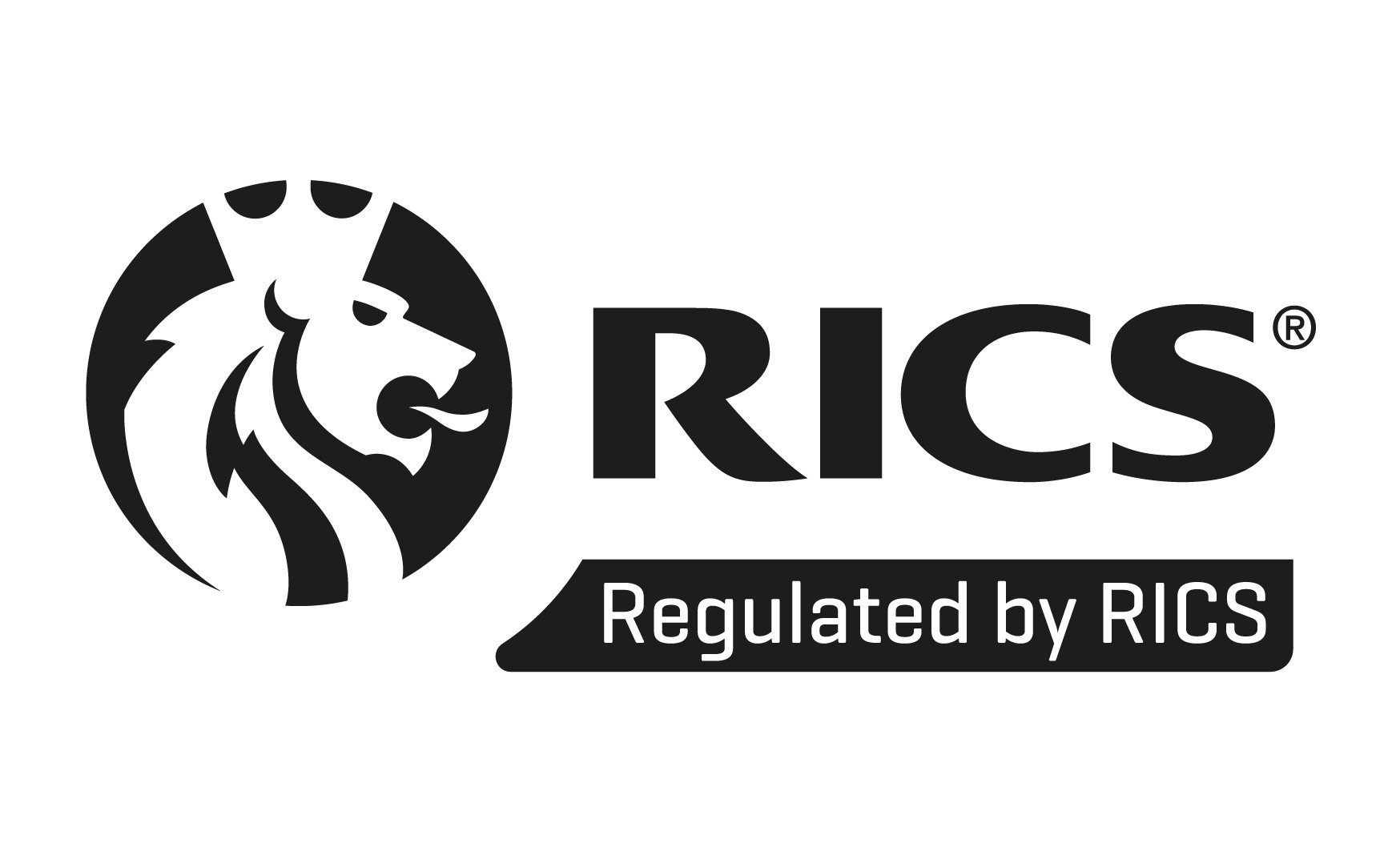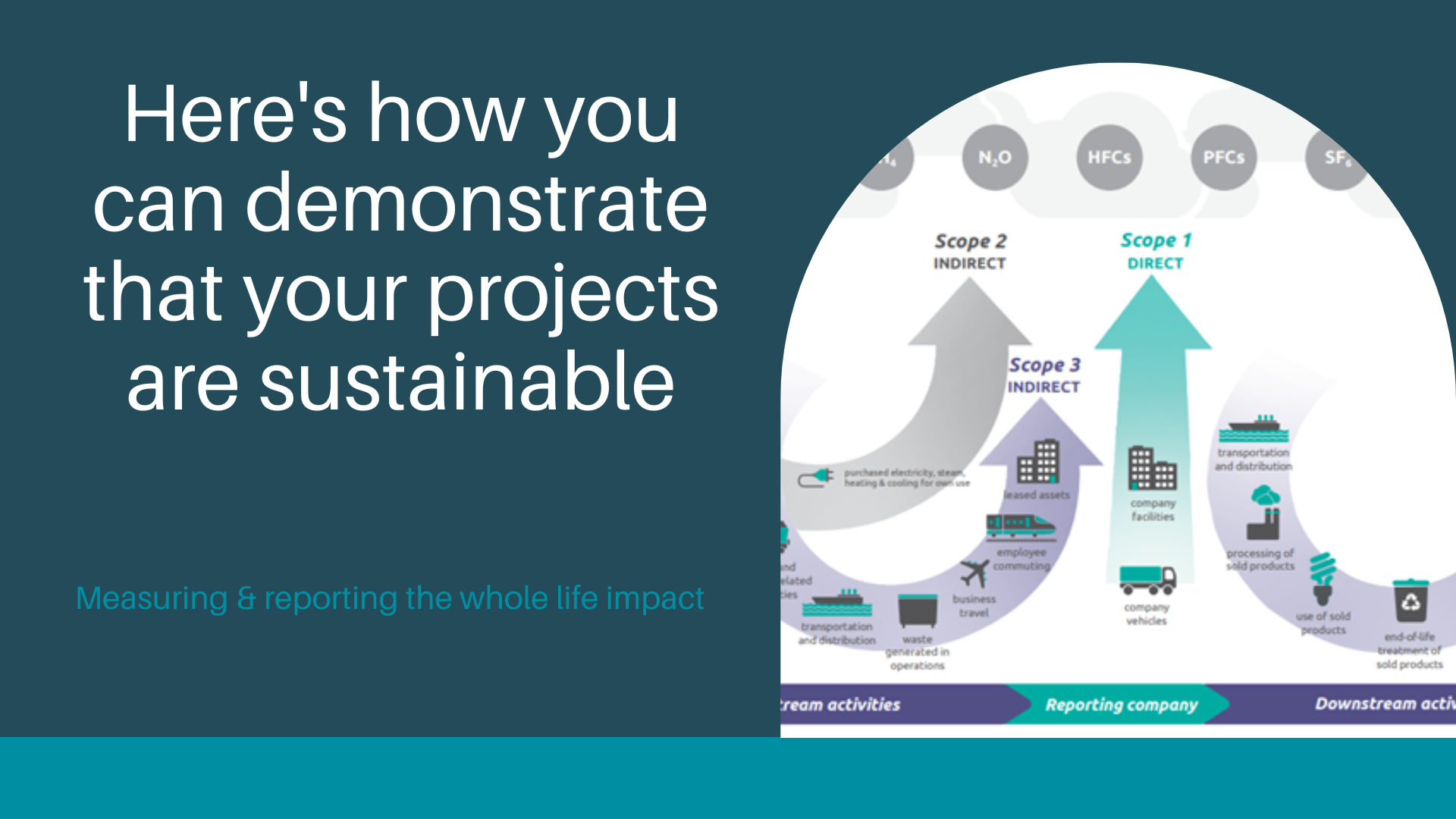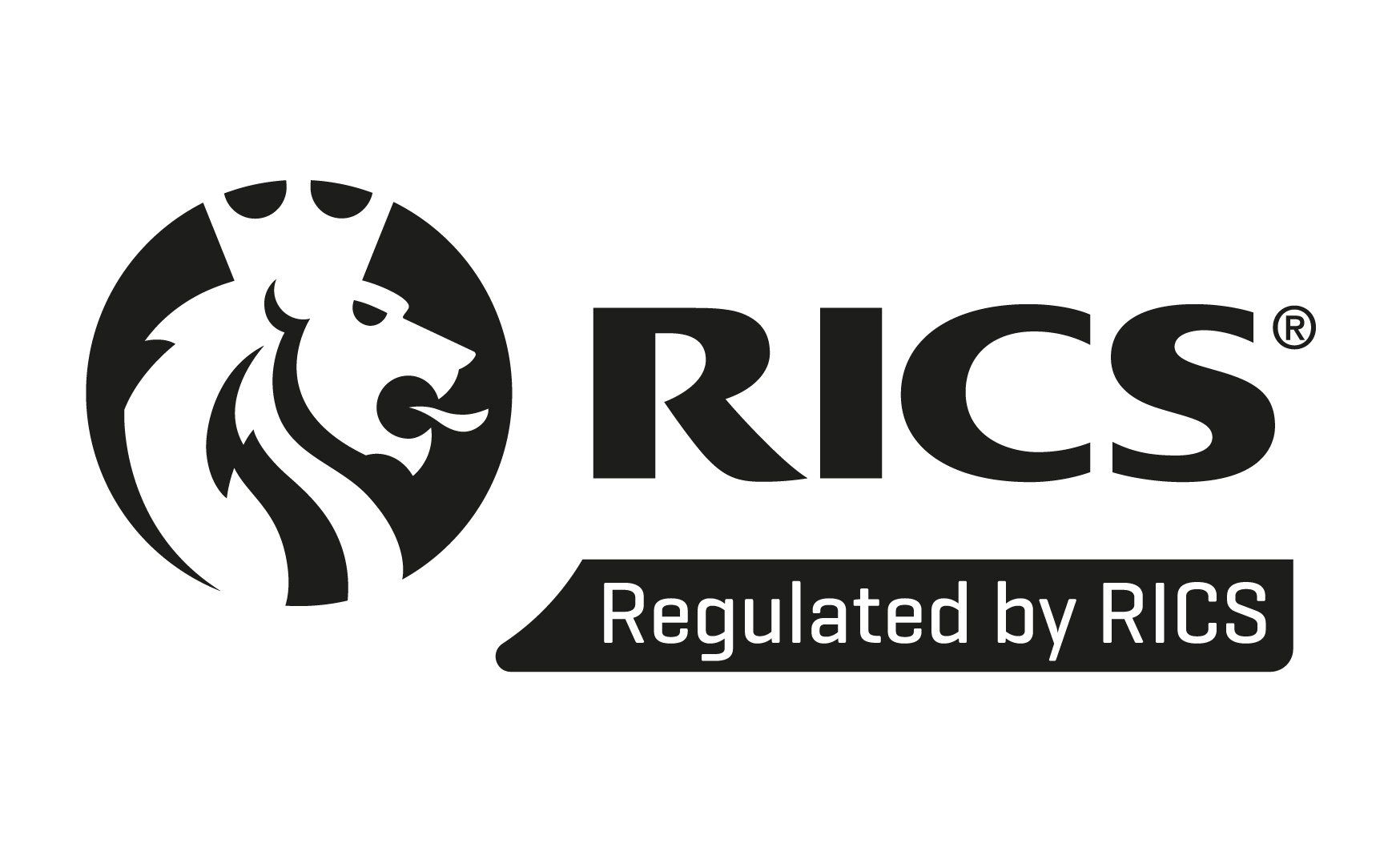Unlock the value of your maintenance data
How data can support investment and maintenance strategies

Understanding the info
As we explained in our article on benchmarking, there can be difficulties in obtaining clarity and quality of data.
Most organisations have at least some data, some have a lot of data. But, is the data we have useful, and can it be used to drive improvements?
Is the data sufficient?
See our previous article on benchmarking for an indication of how it can be of immense value to organisations to drive improvements.
One challenge which we have often come across is; who owns the data. Regardless of what contracts might state, if an operator is reliant on a particular supplier for generating data then the volume and sufficiency / usability of the data you can get hold of will depend on the supplier’s ability and willingness to provide the data to you.
Client held data can also sometimes be inadequately designed, particularly if it is derived from a system designed for another purpose, or, where a CAFM system might have been introduced without guiding expertise to understand (and sometimes to re-map) the intrinsic company workflow or to select the right level of functionality and reporting to match the operator’s needs. Systems also need to have been correctly set up, implemented and managed on an ongoing basis so that appropriate data has been getting input to the system, so the operator can reap the benefits.
Unless the data system (for example a CAFM) was deliberately designed, then it is likely then some form of data cleansing and pre-analysis may be required to ensure that it is in a useful format. Sector expertise can be useful for this task because where there are gaps they will be able to identify how to fill these, or, how best to interpret and make us of what is available.
How data can support investment and maintenance strategies?
To demonstrate the impact that intelligent data analysis can have on your estate we present a few examples of benefits which we have previously delivered for our clients:
- Understanding which assets and sites are responsible for the largest portions of breakdowns and spend, and linking these to age and condition profiles. This provides the impetus for developing a holistic approach to capital investment to reduce
downtime and future operational costs.
- A deep dive into break-fix data, both before and after planned preventative maintenance interventions, provides information
to target the PPM intervention, reducing the PPM spend, with no impact on long-term breakdowns.
- Where there is poor equipment performance, by using the available data along with our sector experience, we can create
targeted additional PPM tasks. The result is that breakdowns can be reduced, whilst the reduction in break-fix expenditure
means that there can be no additional overall spend, whilst achieving less operational disruption.
- By reviewing the detail of reactive work orders, specific parts or aspects of the asset design can be identified, where these are
having a causal impact. Design reviews can then take place with manufacturers to ensure that specific parts of the asset are
designed more appropriately to reduce faults and breakdowns.
- Positive contractor-reported KPI and SL performance can sometimes seem at odds with the level of satisfaction actually
occurring. Data deep dives by experts can reveal the true underlying performance, allowing the implementation of
improvement plans, and consideration of the introduction of improved data tracking or workflow management systems to
better manage the data in the future to report the real performance.
Evenlode has experience of all stages of benefiting from data. From the early planning for systems implementation, cleansing and analysing client’s existing data and applying sector expertise, through to identifying the strategies and tactics that can drive the resulting improvements in your asset performance.











